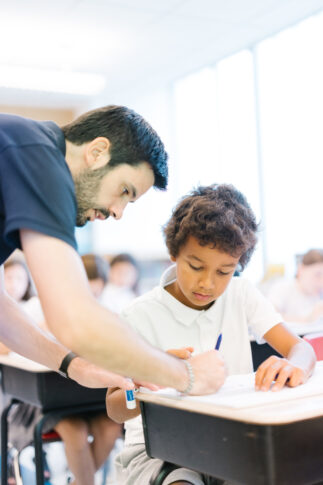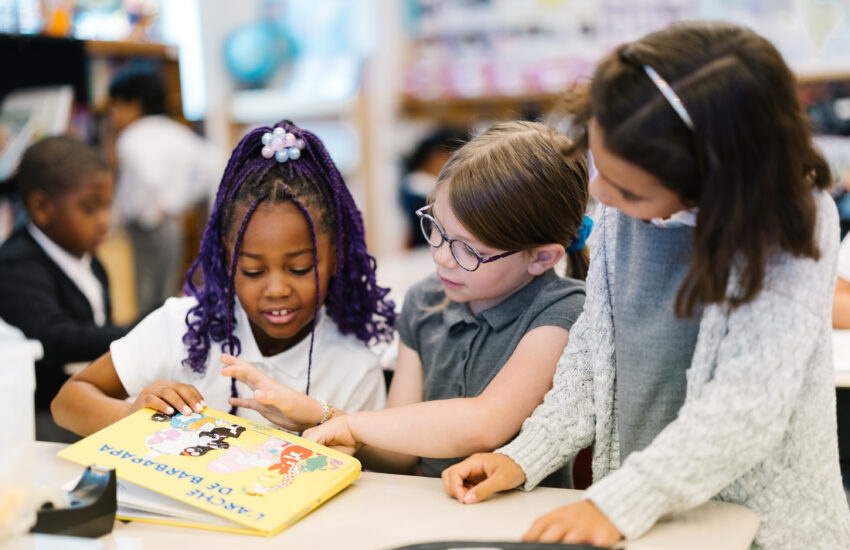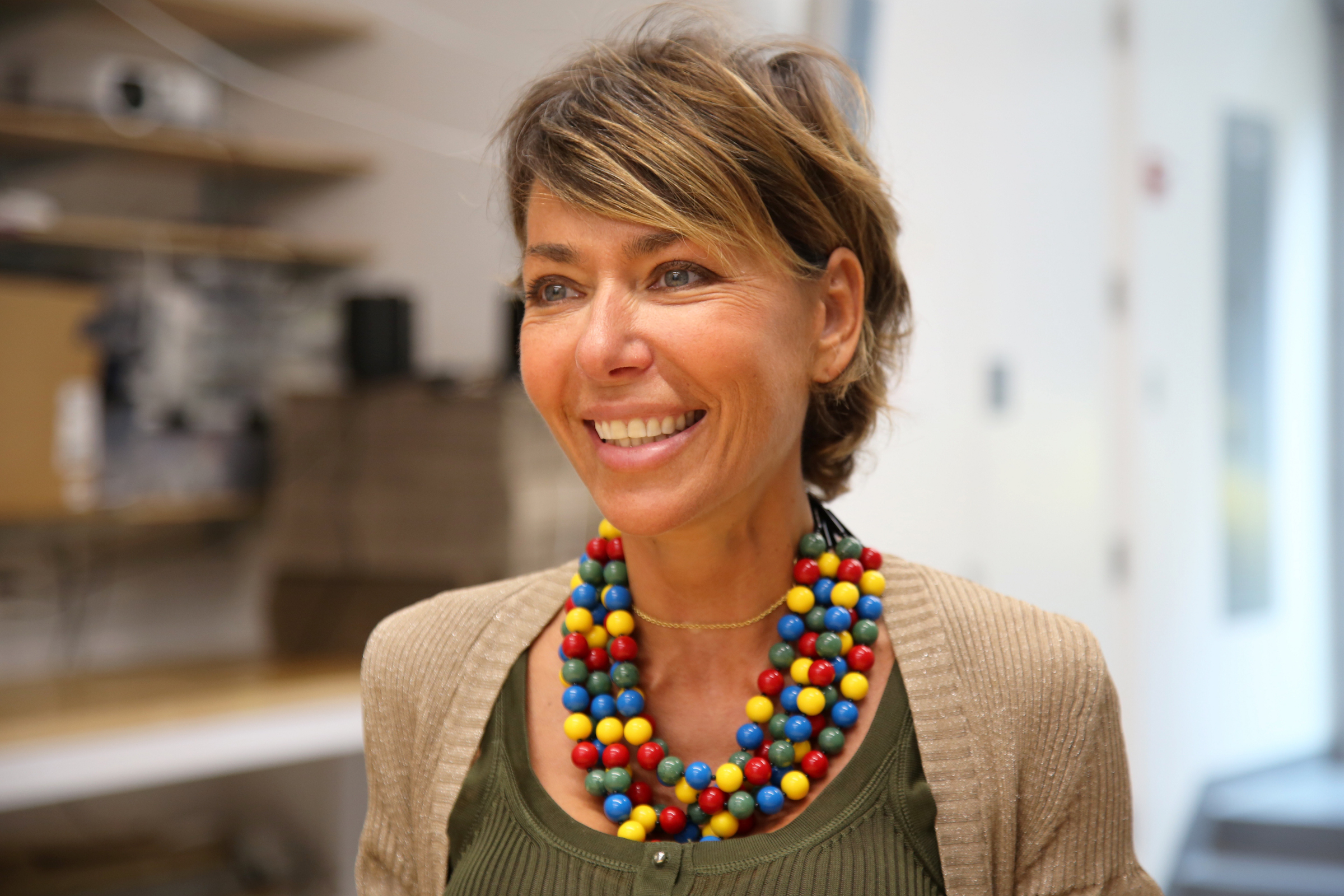Bilingual education, especially in an immersion setting, is much more than just learning a second language. It’s a gateway to cultural and cognitive growth. However, to make sure this type of program succeeds, several factors need to be considered: the language environment of the country, the quality and amount of exposure to both languages, and the teaching expertise needed to guide students on their language journey.
The Language Environment: A Key to Balanced Bilingualism
One of the first things to think about in language immersion is the language environment students are in. In a country where the main language is different from the one taught in school, it’s important to make sure there’s enough exposure to the second language, and that it’s high quality. This means more than just spending a lot of time in the minority language (often the language of instruction in an immersion program); it also requires support to help students develop strong skills in both languages.
For example, in a French-English bilingual program in the U.S. like ours, it’s crucial to understand that home and social life is often mostly in English. Teachers, therefore, need to create learning spaces where French exposure is increased to make up for the natural imbalance. This immersion in French helps students learn the language while still ensuring they build their skills in English.
Christine Hélot, in her research on family and school bilingualism, highlights the importance of creating spaces where both languages can thrive without one dominating the other. Similarly, Ofelia Garcia, through her work on “translanguaging,” encourages teachers to make use of all the languages students know to help them learn better in both. This leads to a key question: how can we ensure balanced bilingualism in this type of environment?
Quality of Exposure and Language Insecurity: Challenges and Opportunities
Language immersion relies on the idea that the more a child is exposed to a language, the better they will learn it. But it’s not just about quantity—quality is just as important. Rich, varied interactions, combined with stimulating learning environments, are key for students to truly grasp a second language.
One challenge teachers face is the “language insecurity” students can feel. When a student is immersed in a classroom where the language spoken is different from what they use at home, they might feel uneasy. It’s important to create a safe space where making mistakes is part of learning, and where students are encouraged. As Ellen Bialystok points out in her work on bilingual children’s cognitive development, a positive learning environment helps not just with language learning but also with building thinking and cultural skills.
Teachers need to be trained to spot when students feel insecure and respond with the right strategies, all while keeping the immersion experience engaging. This might include using visual aids, gestures, repetition, and interactive activities that help students participate, even if they’re still mastering the new language.
Teaching Expertise: The Critical Role of Teachers
 Our teachers play a vital role in making our immersion program successful. Their skills go beyond just speaking both languages—they need to understand the language backgrounds of their students and adjust their teaching accordingly. It’s not just about translating knowledge from one language to another, but about creating immersive learning experiences where students think, reflect, and engage in French.
Our teachers play a vital role in making our immersion program successful. Their skills go beyond just speaking both languages—they need to understand the language backgrounds of their students and adjust their teaching accordingly. It’s not just about translating knowledge from one language to another, but about creating immersive learning experiences where students think, reflect, and engage in French.
By working closely with experts like Christine Hélot, and drawing inspiration from the research of Ofelia Garcia and Ellen Bialystok, we’ve developed teaching practices that are research-based and tailored to our specific educational setting. These partnerships have reinforced our belief that successful immersion teaching means recognizing the language skills students already have, while giving them the tools to thrive in a second language. Language support needs to be planned carefully and continuously, with targeted strategies based on students’ needs.
Conclusion
Bilingual education through immersion is an ambitious goal, but when designed well, it offers great benefits to students. To make it work, we need to consider the language environment, ensure high-quality exposure in both languages, and support students’ learning with care and expertise. As educators, we’re responsible for creating spaces where both languages can thrive, while respecting the unique needs of each student.
Through our work with teaching experts, we’ve refined an educational approach where language immersion is balanced with support and excellence. In this bilingual journey, each student becomes an active participant in their own learning, opening doors to a multilingual, inclusive world.
Explore bilingualism at Lycée.
-
Explore our Saturday Morning French programs for parent/guardians and children.
Photo credits: Da Ping Luo for Lycée Français de New York
About the Author :
Vannina Boussouf grew up on the Mediterranean island of Corsica, where bilingualism is an integral part of identity. She studied English and Spanish at the University of Corsica, and philology and letters in Cordoba, Spain, before starting a career as an elementary teacher and administrator. Vannina relocated to the United States in 2004, where she taught at the International School in Louisiana. She joined the Lycée in 2007 to direct the Primary School, and during her tenure, she has focused on innovative teaching methods that support the development of the whole child in a bilingual setting.


